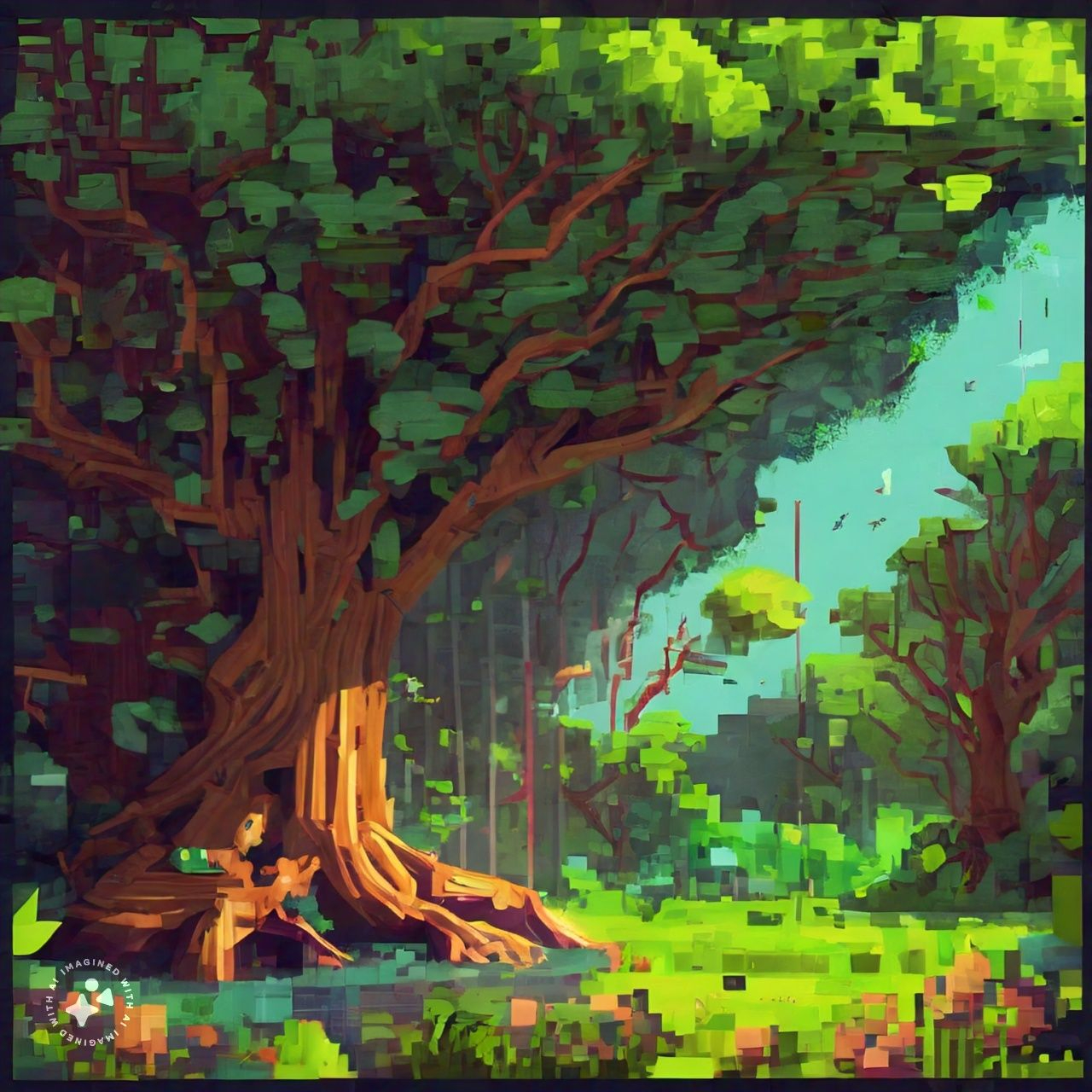111 reads
From Program to Sketch: Modeling Non-Deterministic Observations in Code Generation
by
September 26th, 2025
Audio Presented by

Cultivating life through Photosynthesis, harnessing sunlight to nourish ecosystems and fuel a sustainable future.
Story's Credibility

About Author
Cultivating life through Photosynthesis, harnessing sunlight to nourish ecosystems and fuel a sustainable future.